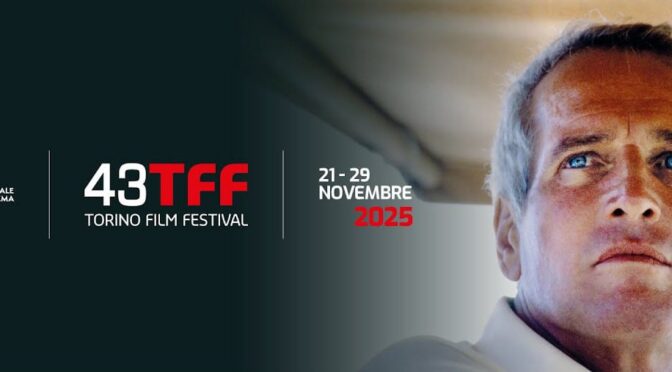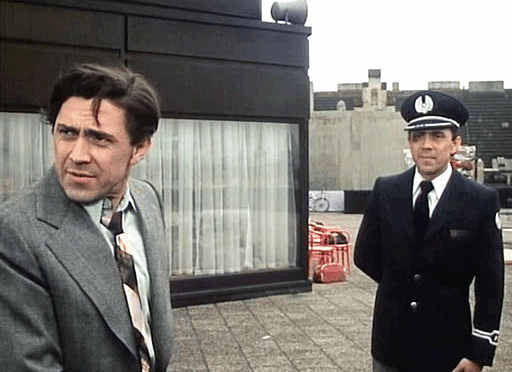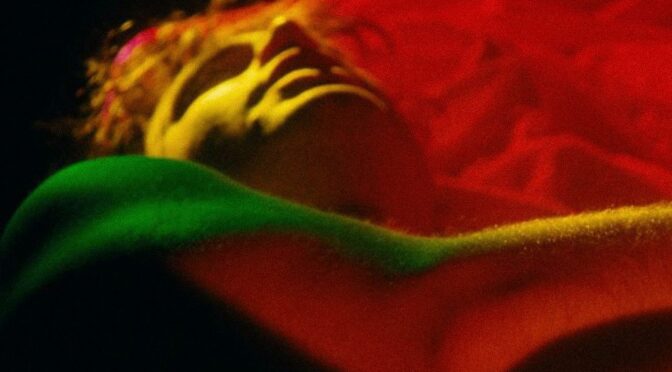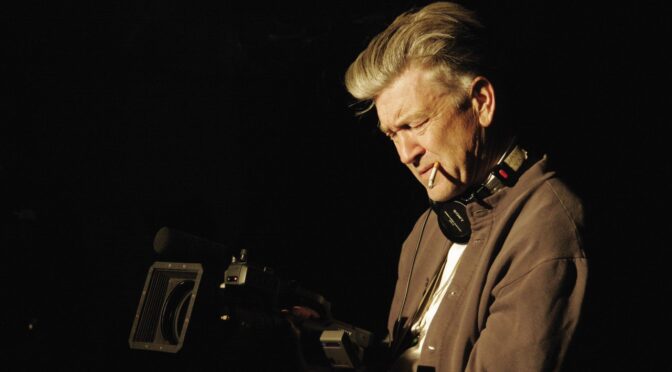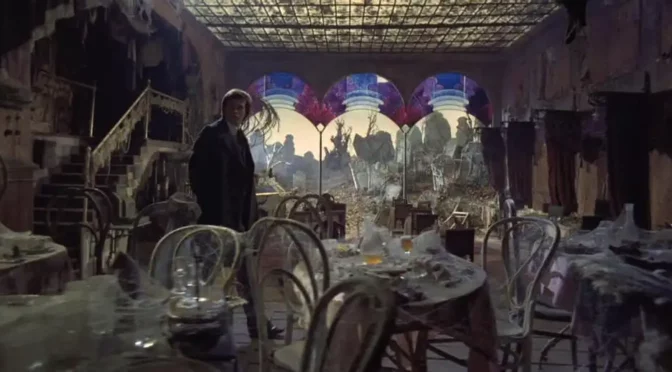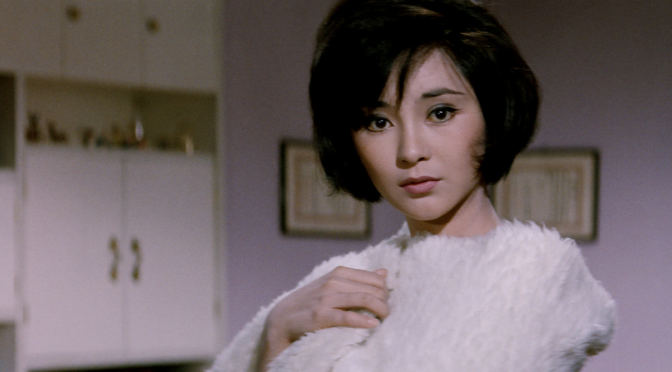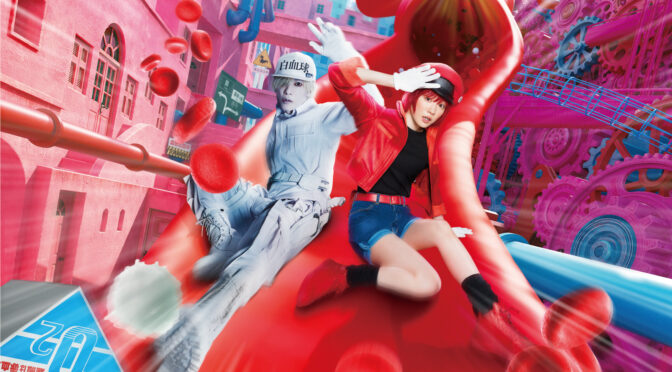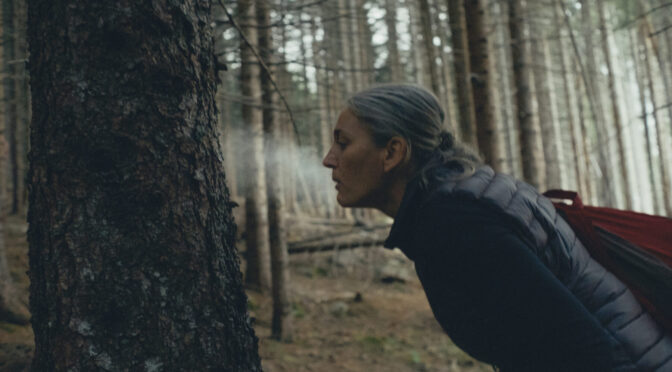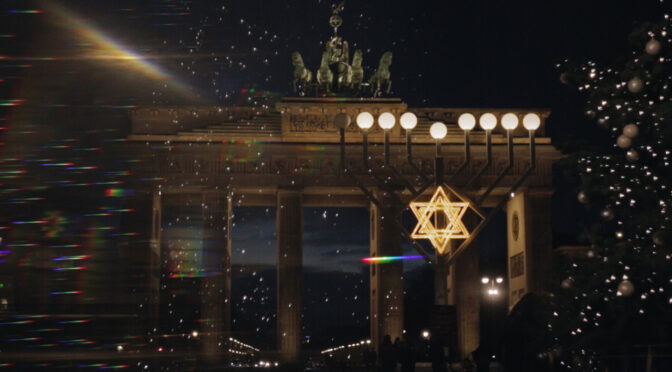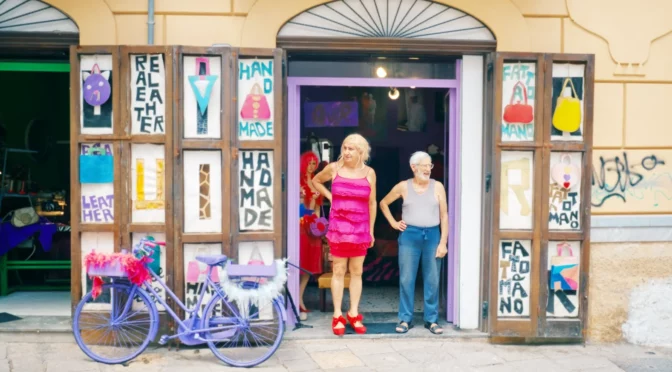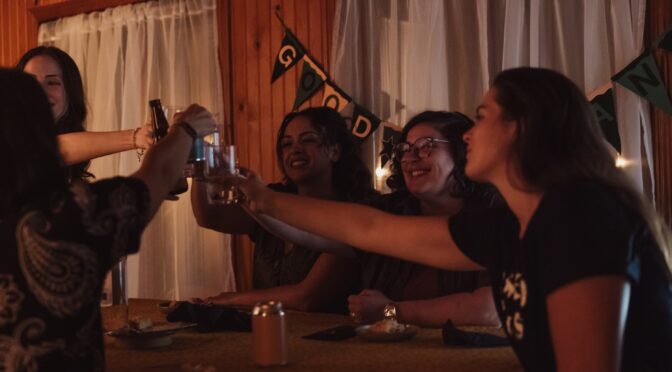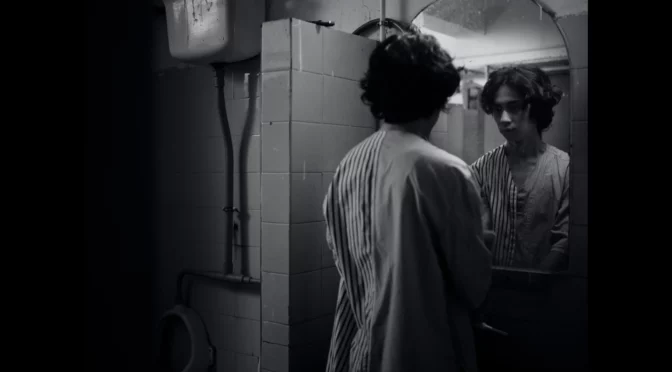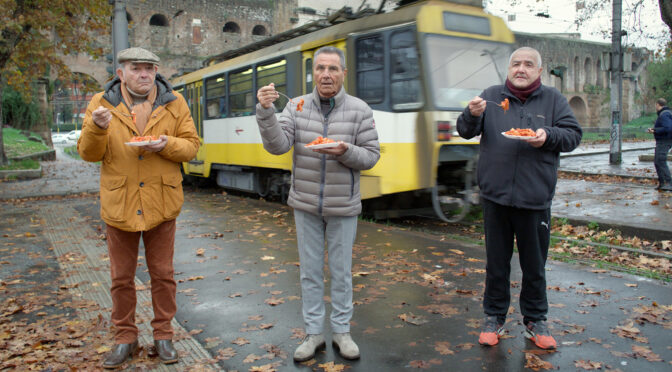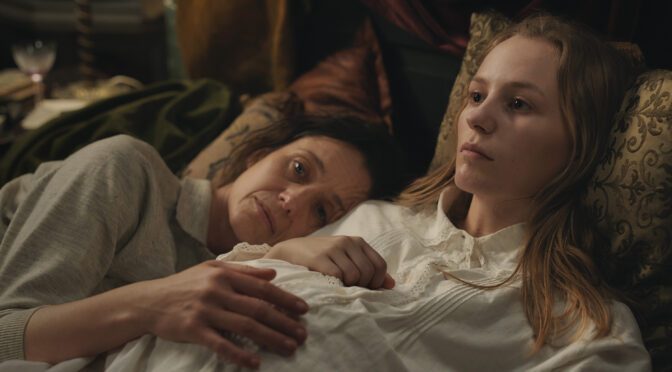Article by Alessandra Sottini
Translation by Luca Perrone
On November 7th in Rome, the elegant Acquario Romano venue hosted the press conference presenting the 43rd edition of the Torino Film Festival. This year, the event is adorned with the face and magnetic gaze of Paul Newman, as evident from the poster: a picture shot in 1981 by Eva Sereny, which captures the famous star during the filming of Absence of Malice. It goes without saying that this is one of the twenty-four movies of the Festival paying homage to the actor.
Continua la lettura di 43rd TORINO FILM FESTIVAL’S PRESS CONFERENCE (21-29 NOVEMBER 2025) (ENG)
